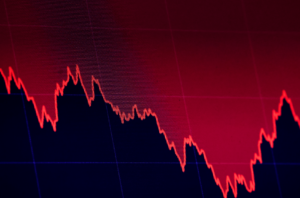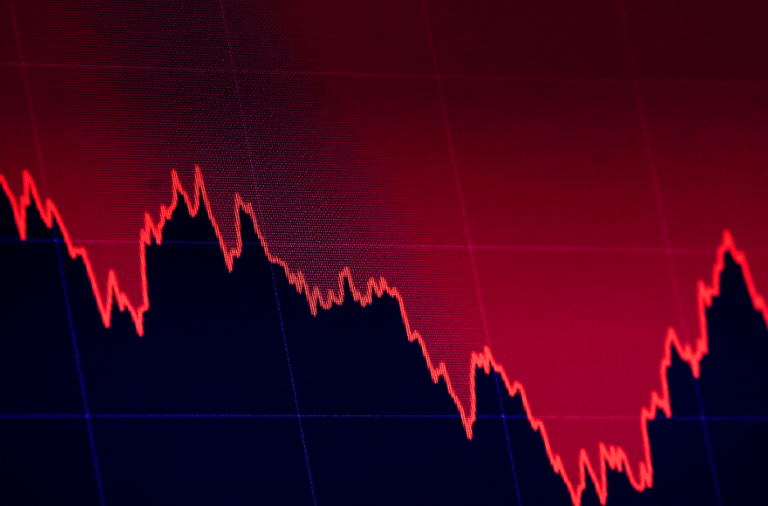China, with its booming car production and vibrant hospitality sector, seems like an economic powerhouse. Yet, beneath this façade lies a more intricate story. Car sales soared due to substantial discounts, many businesses faced reduced demand, and export-driven strategies became vital. Despite a 5.2% growth last year, China grapples with enduring challenges such as mounting debt, a housing crisis, and a shifting demographic landscape.
As Western economists predict growth rates of 4.5% or less in the coming year, a term gaining traction is “secular stagnation.” This slow decline, rather than a cyclical downturn, threatens to persist for years. Deflation, a phenomenon unseen since the global financial crisis, could pose severe risks to indebted households and companies.
China’s debt burden, particularly at the local level, limits its flexibility. Government responses to economic weaknesses, such as increased spending on infrastructure, have led to a perpetual rise in debt. Moody’s recent negative outlook and a downgrade by DBRS Morningstar indicate growing concerns about China’s financial health, with overall debt surpassing three years’ economic output.
Amid the economic challenges, China’s export-oriented strategy intensifies. Car factories proliferated, and vehicle exports surged by 58% last year, propelling China to become the world’s largest car exporter, surpassing Japan.
However, the biggest cloud over China’s economic horizon is its housing market. Existing home prices have plummeted, transactions slowed, and real estate troubles are impacting developers’ ability to initiate new projects. As China’s banking system prioritizes loans to industrial companies over real estate, the construction boom might be shifting abroad.
While China’s economic performance rebounded from a sluggish 2022, concerns linger. A drop in consumer confidence, a volatile housing market, and challenges in persuading households to spend rather than save could define China’s economic landscape for the next decade.
China’s economic accomplishments are more nuanced than they appear. Beneath the surface of growth records lie intricacies and challenges that might reshape the nation’s economic trajectory.












